Chin Filler Injection Techniques for Feminisation
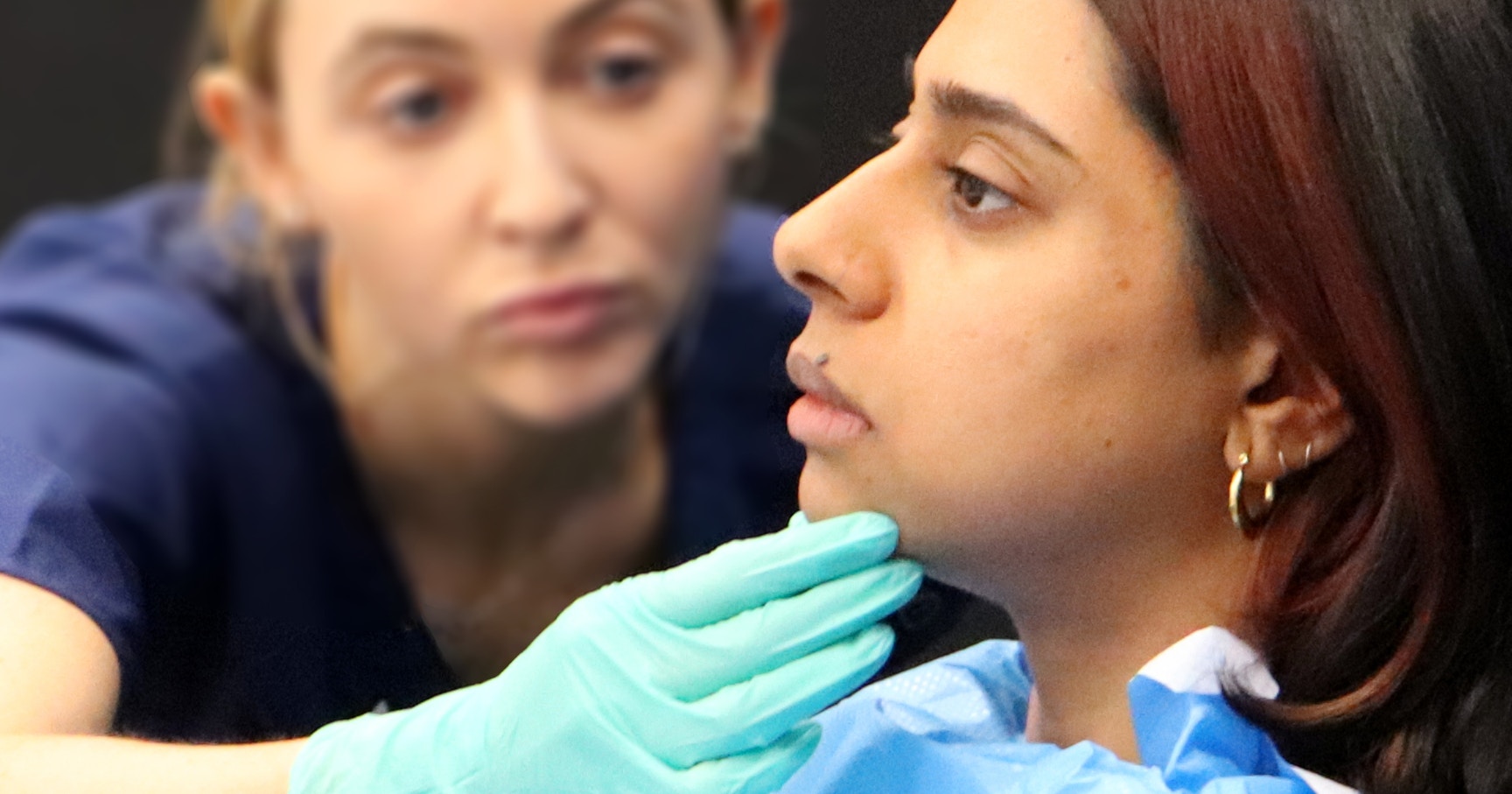
As profiling balancing and harmonisation treatments continue to grow in popularity, we explore chin filler injection techniques for feminisation.
When we talk about ‘feminisation’ this can refer to the treatment of female patients - including trans women - wanting to look more ‘feminine’. It can also apply to men and gender-neutral patients desiring a softer, less traditionally masculine appearance.
A ‘feminine chin’ is traditionally seen as being narrow and contributing to an oval or heart-shaped face. It’s worth noting that this is based on Western cultural ideals so, whilst this beauty standard exists, it will not apply to all patients.
We spoke to clinical trainer and aesthetic medicine specialist, Dr Janine Rothburn for her advice on using chin filler for feminisation purposes.
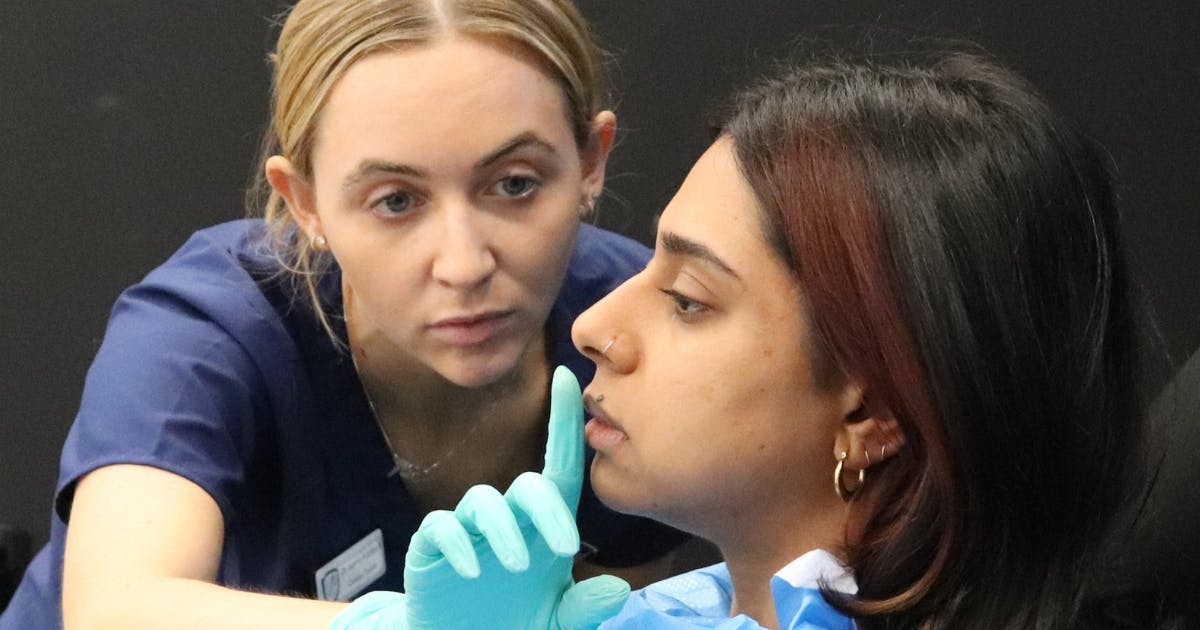
Assessing your patient for chin filler
Our interview started with us asking Dr Janine to explain the rule of thirds along with the principles of anatomy and beauty proportions.
“Our face can be divided into horizontal thirds,” she advised. “The upper third extends from the hairline to the glabella, the middle third from the glabella to the subnasale, then the lower third from the subnasale to the menton.
These tend to be equal in proportion in a well-balanced facial aesthetic.
“Facial symmetry is one of the core principles that underpins the aesthetics of the human face. The symmetrical arrangement of facial features, from the position and shape of the eyes to the proportion of the nose and mouth, plays a pivotal role in how we perceive beauty and attractiveness.
“However, perfect facial symmetry is a myth,” she reminds us.
“No individual is perfectly symmetrical and slight asymmetries are normal. As medical professionals, understanding the balance between symmetry and asymmetry is paramount in facial aesthetics.
Phi or the 'Golden Ratio'
“The mathematical principle of the ‘Golden Ratio’ helps us appreciate facial proportion and balance. This ratio, referred to as the Phi Ratio in facial aesthetics, is rooted in nature. It’s believed to define beautiful proportions and arrangements of facial features. This ratio, approximately 1:1.618, is considered aesthetically pleasing and has been used in art and architecture for centuries.
“With regards to facial aesthetics, the Golden Ratio can aid in assessing facial proportions and thus guide treatment planning.”
For example, a visually balanced face is said to be approximately 1.618 times longer than it is wide, under this principle. For example, from the top of the nose to the centre of the lips should be about 1.618 times the distance from the centre of the lips to the chin. However, this does not always work, especially in ageing patients where proportions can be affected by volume loss.
With this in mind, please note that the Golden Ratio is more of a guide, rather than a rule. As such, you will always adapt your approach for the face you have in front of you. Applying it incorrectly can have interesting consequences as was highlighted in a comedic article published by Wired.
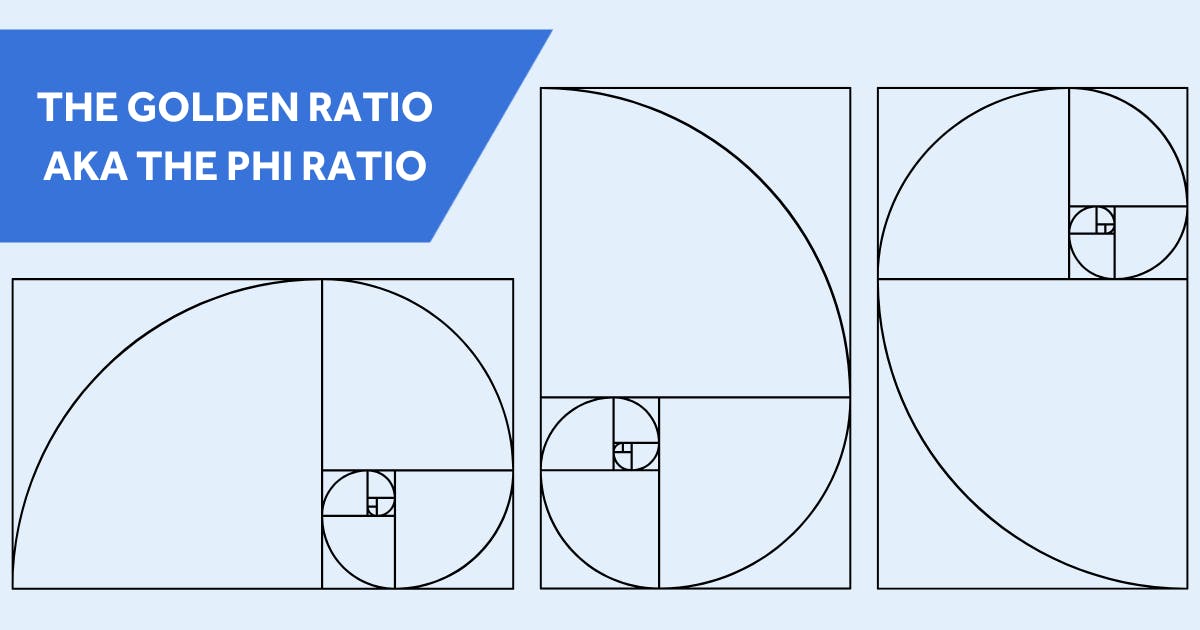
The role of gender and ethnicity in sculpting a more feminine chin
As previously stated, desiring a ‘more feminine chin’ is not solely the domain of female patients. Whilst it can be an incredibly impactful treatment for all - trans women in particular - patients of all genders seek this aesthetic outcome.
“Dermal fillers are one of the best non-surgical ways to enhance or create changes in facial shape and contour,” states Dr Janine.
“To feminise the lower face, we focus on a narrower chin to emphasise the oval or heart-shaped face.
“For a more masculine lower face, we aim for a more well-defined jawline and wider or square chin."
As we mentioned previously, the female beauty standard of a narrow chin and oval or heart-shaped face is very Westernised. These largely Caucasian standards are frequently applied to patients of all backgrounds through the globalisation of colonial beauty standards. However, this Eurocentric ‘ideal’ is not appropriate nor desirable for all ethnicities or individuals.
To be a responsible and ethical aesthetic practitioner, you need to learn about the different beauty standards and preferences associated with different cultures. This is a fascinating area of study and we highly encourage you to explore this topic to inform and develop your practice.
Furthermore, you need to apply this knowledge, being careful to deliver an outcome consistent with the patient’s goals and appearance.
Avoid projecting your personal beauty standards to patients where these ideals are not aligned. This is something a thorough clinical consultation will help you to define and agree upon.
“In the consultation, it’s our duty to listen to the concerns of our patients to try and achieve their desired look,” states Dr Janine.
Translate your patients’ requests in line with their goals
Some patients will know to ask for chin filler, however, others may know the effect they’re looking for, but not how to achieve it. Dr Janine provided us with a specific example she’s had experience of so you can avoid this potential communication pitfall!
She counsels, “Often, female patients come to clinic wanting jawline filler as they think that this will help define their lower face. However, dermal filler will add volume. Adding filler to the jawline can sometimes create more heaviness, which is not the solution they’re looking for.
“In these cases, some patients will benefit from soft tissue filler to the zygoma and chin.” This manages the proportions of the face for a harmonious aesthetic rather than focusing on one facial region.
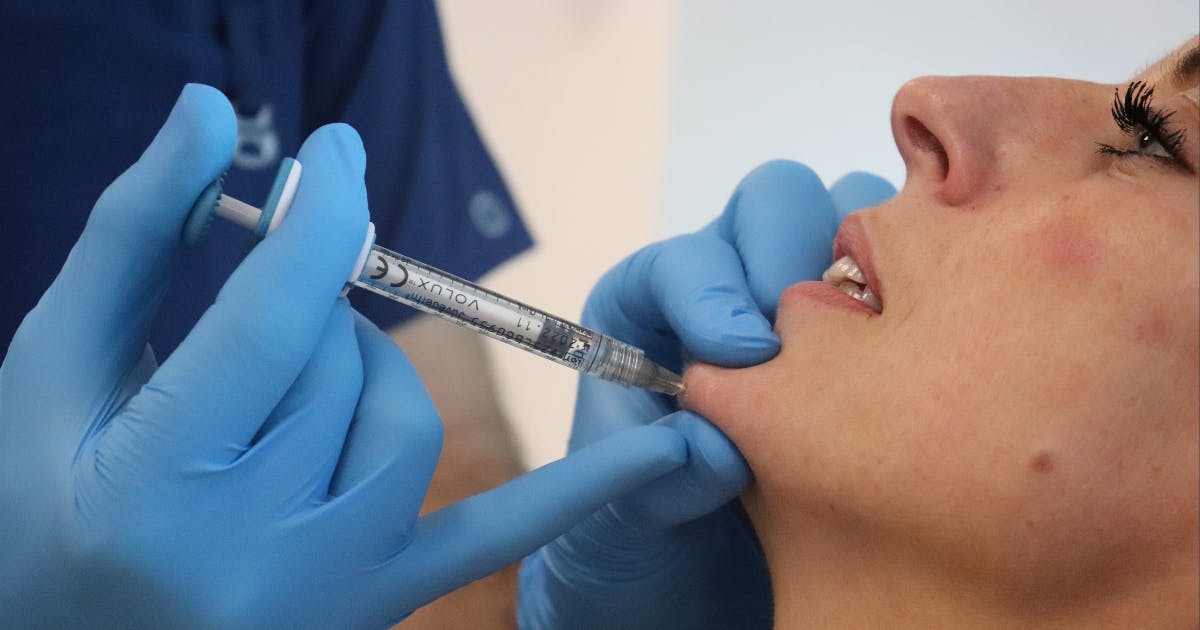
Chin filler injection techniques for feminisation
“It goes without saying that preferred injection techniques vary between practitioners,” notes Dr Janine. “They also vary depending on the result the patient requires or desires. “
Usually, aesthetics practitioners will use a linear threading technique, fanning and/or boluses depending on the circumstances and facial anatomy.
“To create a more feminine look to the lower face, I often focus on adding volume inferiorly to the mid-line of the chin - the menton.
“I tend to use a 27G needle onto periosteum for this. Then I would use a 22G cannula in layer 2, between the mandibular ligament and menton on each side. I would also consider treating the labiomental crease with a 22G cannula in layer 2, to help soften and feminise the features.
“The type of hyaluronic acid filler product I would use would also vary between patients. A dermal filler with a high G’ would help create projection and retain its shape. Alternatively, for a softer and more rounded feminine result, you could consider using a slightly softer product. This would be an HA filler with a lower G prime.”
When to also consider chin botox
Feminisation of the lower face can be assisted by botulinum toxin treatments in some instances. If you’re looking to create a softer appearance with a smooth, narrow chin, assess the menton for a ‘cobblestone’ appearance.
This ‘peach pit’ presentation is the result of a hyperactive mentalis muscle. You can assess your patient’s suitability by asking them to purse their lips. Should the chin develop a dimpled appearance when doing this, they may benefit from botox to relax the muscle.
Chin botox to treat dimpling involves a deep injection where you’ll administer 4 units in a single bolus.
You can find out more about this in our article on Using Chin Botox to Address Dimpling and Creasing.
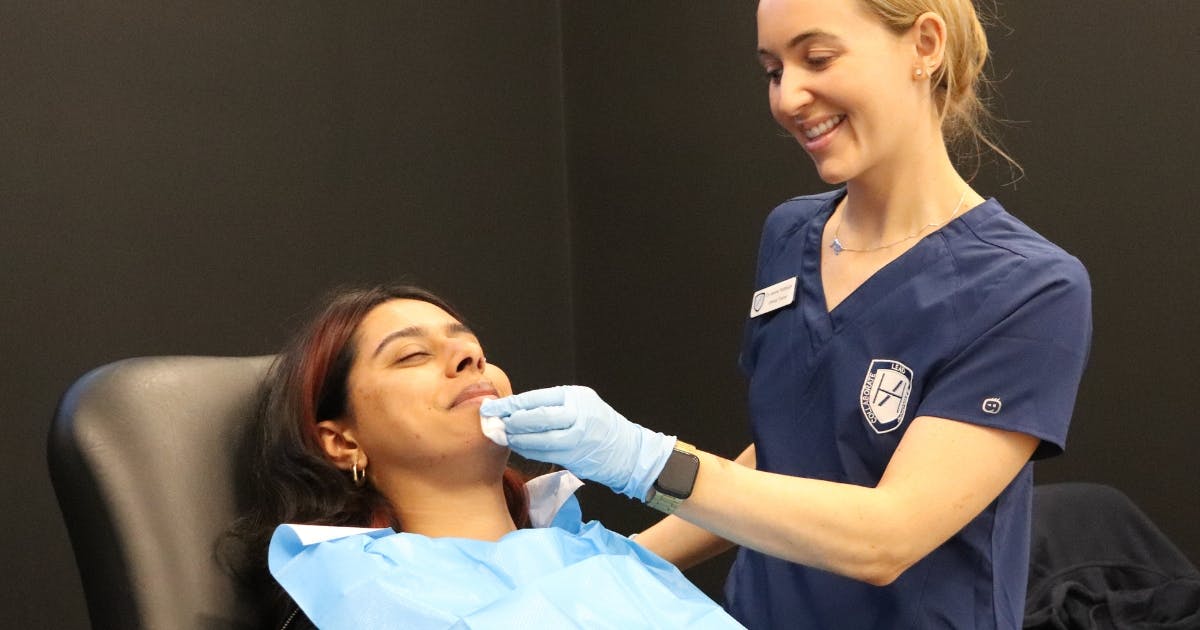
How do you learn chin filler injection techniques?
Chin filler injection techniques are covered in a number of our medical aesthetics courses.
The Aesthetics Accelerator covers the theory of this treatment, whilst the Level 7 Diploma in Botox & Dermal Fillers also includes practical training.
Both of these botox and filler courses are suitable for healthcare professionals - doctors, dentists, nurses and clinical pharmacists - who are new to the world of aesthetic medicine. Each also includes one-to-one mentoring sessions which allow you to get hands-on experience with the support of our clinical trainers.
The Aesthetics Accelerator is a certified course designed to get you up and running quickly. Whilst the Level 7 Diploma in injectables offers an Ofqual-regulated qualification at a postgraduate level. Both our Level 7 course and Harley Academy as a provider of higher education in medical aesthetics are also approved by the Joint Council for Cosmetic Practitioners (JCCP).
If you want to learn how to manage a filler treatment plan for profile balancing, check out our Facial Contouring Masterclass. This targeted short course provides theory and practical experience around how to manage patients whose goal is feminisation. It will help you to not only develop your confidence and expertise in specific treatments. You’ll also learn how best to combine treatments for a holistic approach that brings natural-looking, proportionate results for your patients.
We understand that, due to the various options, it can be hard to choose the right course, so we offer a free advisory service. Book a call with our Course Advisors for personalised advice on the best aesthetics training pathway for your goals.
All information correct at time of publication
Download our full prospectus
Browse all our injectables, dermal fillers and cosmetic dermatology courses in one document
By submitting this form, you agree to receive marketing about our products, events, promotions and exclusive content. Consent is not a condition of purchase, and no purchase is necessary. Message frequency varies. View our Privacy Policy and Terms & Conditions
Attend our FREE open evening
If you're not sure which course is right for you, let us help
Join us online or in-person at our free open evening to learn more
Our Partners












STAY INFORMED
Sign up to receive industry news, careers advice, special offers and information on Harley Academy courses and services

